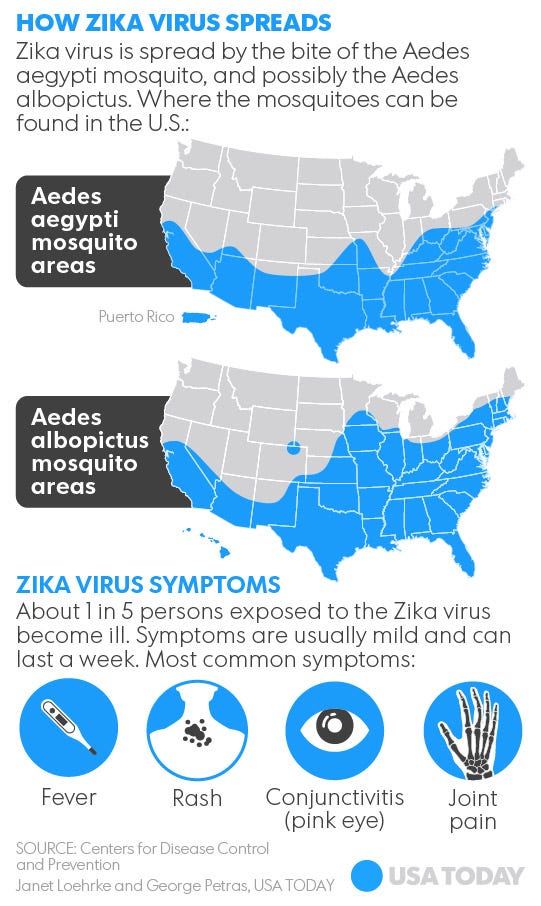[h=1]U.S. small business confidence hits new two-year low[/h]WASHINGTON (Reuters) - U.S. small business confidence fell to a fresh two-year low in March amid persistent worries about sales and profits, the latest indication that economic growth braked sharply in the first quarter.
The National Federation of Independent Business (NFIB) said on Tuesday its small business optimism index dipped 0.3 point to a reading of 92.6 last month, the lowest since February 2014.
It has declined from a reading of 100 in December 2014 and has pushed further off its 42-year average of 98.
"A 'chartist' looking at the data historically might conclude that the index has clearly hit a top and is flashing a recession signal. The April survey will decide whether or not the alarm should be rung," the NFIB said in statement.
The soft reading fits in with recent economic data on consumer and business spending as well as wholesale inventory investment that have suggested economic growth slowed sharply from the fourth quarter's 1.4 percent annualized rate.
Gross domestic product growth estimates for the first
quarter are currently well below a 1 percent rate.
Four components of the NFIB index rose last month, with the remaining six declining.
While small business owners were fairly upbeat about business conditions in the next six months and their attitudes toward capital spending improved a bit, they was some softening in their views of the labor market.
Still, labor market indicators remained strong, with a hefty increase in the share of owners planing to raise compensation. At the same time, small business owners are more inclined to cut prices than raise them to boost sluggish sales and weak profits.
"Inflationary pressures remain dormant on Main Street. A recovery in spending is the only way to create inflation," the NFIB said.
(Reporting by Lucia Mutikani; Editing by Andrea Ricci)




